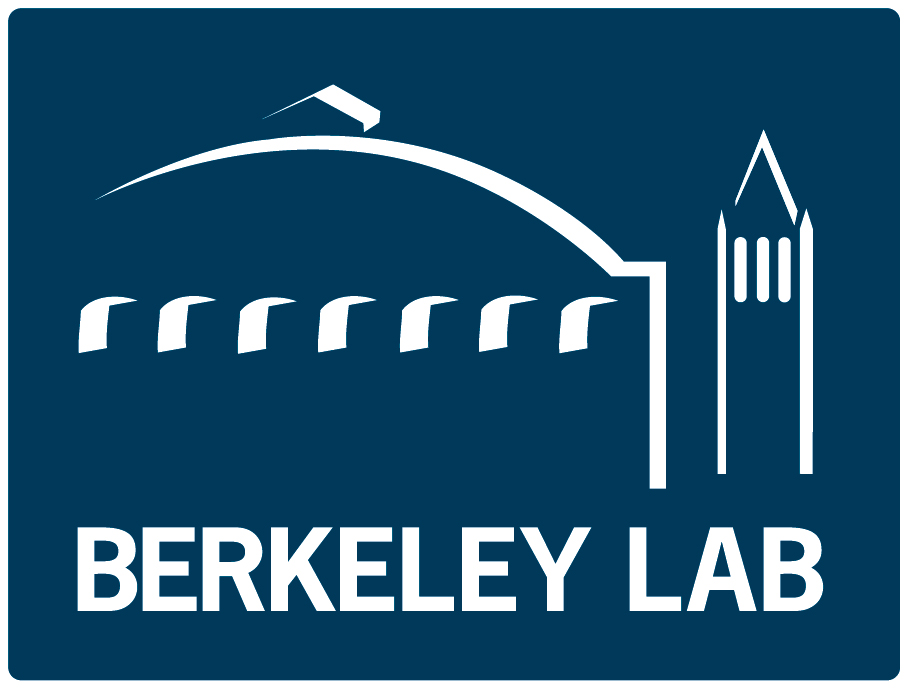Applications:
- Superconducting and solid state qubit devices
- Quantum computing research companies
- Superconducting quantum processors
Advantages/Benefits:
- Low cost and essentially no overhead for control wiring
- Standard fabrication
- Simple to integrate into existing superconducting qubit architectures
- Better performance compared to alternative TLS solutions
Background:
Protecting superconducting and other solid state qubit devices from two-level system (TLS) defects is an ongoing challenge in the field. Noise-induced limitations in both device performance and stability restrict potential demonstrations of quantum utility. There is a need for technologies to mitigate these issues.
Technology Overview:
Scientists at Berkeley Lab have developed an invention which uses a DC electric field to spectrally tune these TLS defects away from the qubit transition frequency, mitigating their detrimental effects on qubit performance. Conventionally, adding DC electrodes involves a separate structure from the qubit control wiring and adds overhead onto a large-scale quantum processor. This invention combines DC electrode and RF qubit control in a single structure that enables both TLS and qubit control.
Using this architecture, scientists demonstrated improved qubit coherence times and single qubit gate performance across multiple qubits over 10s of hours. When comparing the average gate error for the 7 qubits across the 41 hour time period for both the baseline and optimized voltage configurations, they found a 33% improvement in average gate error when local optimization is periodically applied.
Development Stage:
TRL 5 – Laboratory scale, similar system validation in relevant environment.
For More Information:
Chen, Larry, et al. “Scalable and Site-Specific Frequency Tuning of Two-Level System Defects in Superconducting Qubit Arrays.” arXiv preprint arXiv:2503.04702 (2025).
Principal Investigator(s):
- Larry Chen
- Kan-Heng Lee
Status:
Patent pending
Opportunities:
Available for licensing and collaborative research

